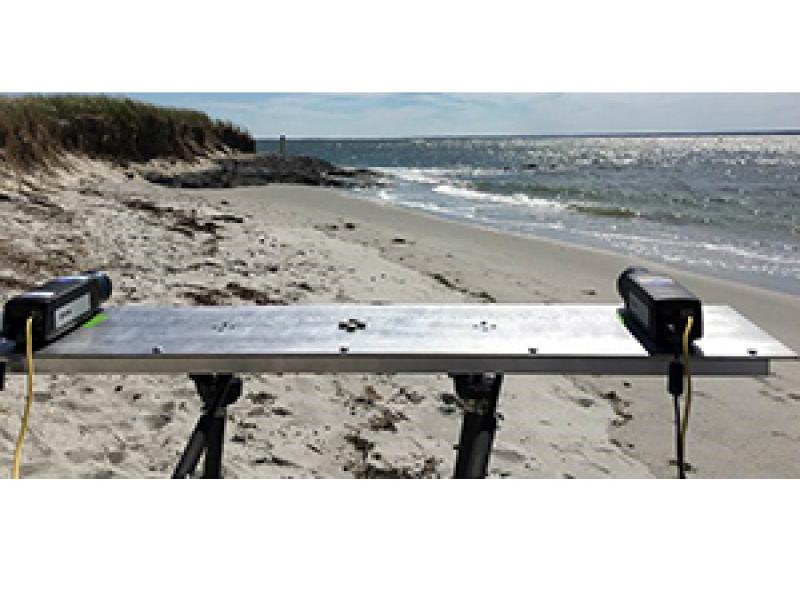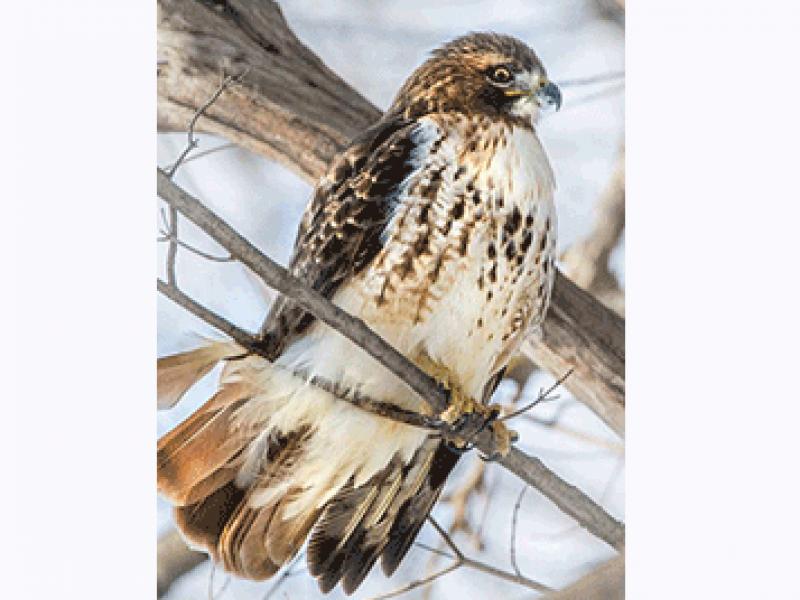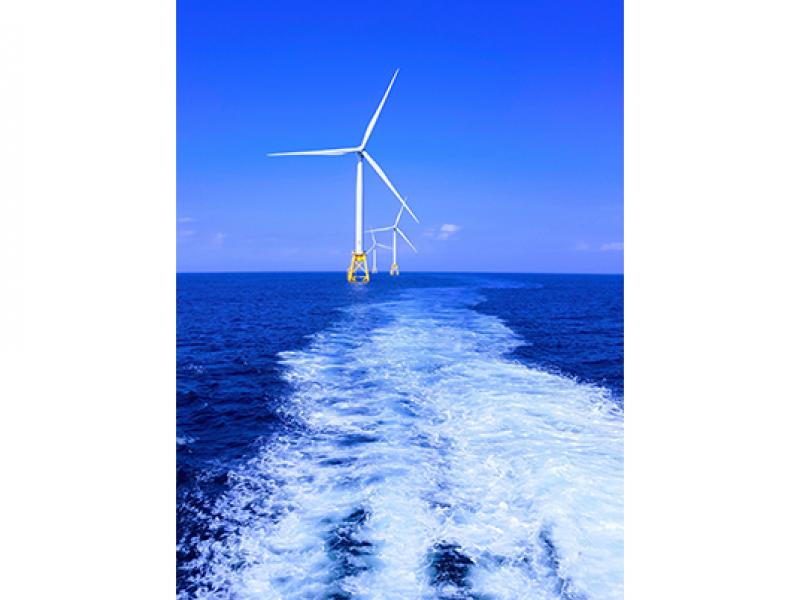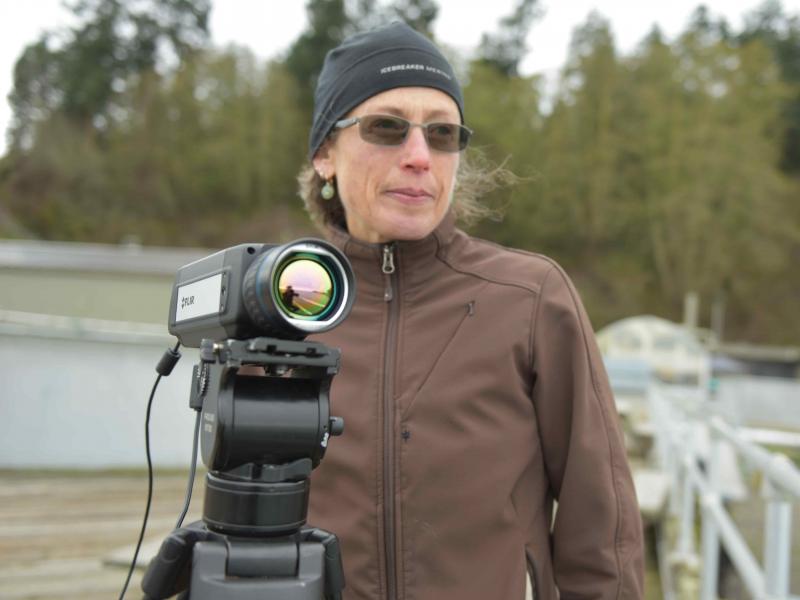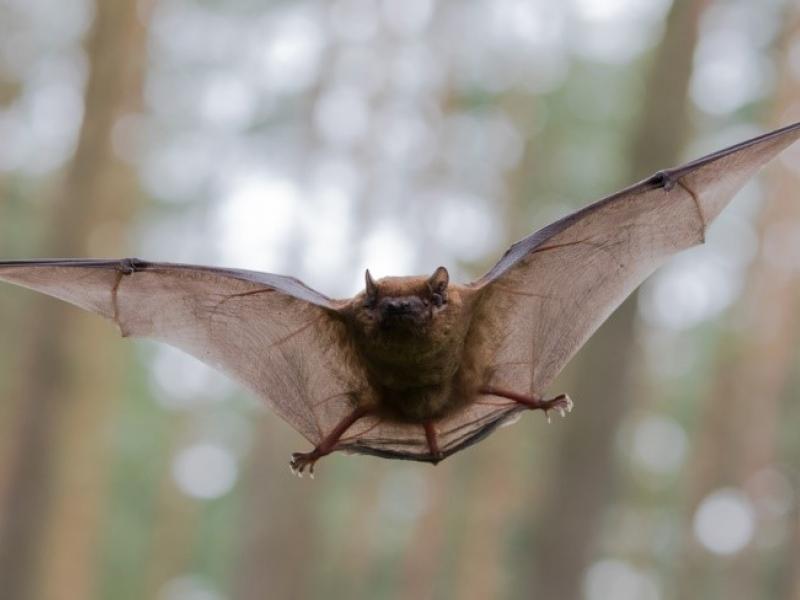
Environmental Monitoring
and Wind-Wildlife Impacts
Environmental Monitoring
and Wind-Wildlife Impacts
Understanding and mitigating
wind-wildlife interactions
Understanding and mitigating
wind-wildlife interactions
Capability Overview
Wind technologies, such as spinning turbine blades, may pose risks to nearby wildlife. Pacific Northwest National Laboratory (PNNL) helps mitigate these risks by curating, synthesizing, and disseminating research findings needed to inform wind energy in the United States. We also conduct underlying research and development to inform, develop, and test monitoring technologies designed to minimize the impact of operational wind facilities on wildlife species of concern.
Challenges and Solutions
Wildlife—such as bats, birds, and whales—play unique and important roles in their natural habitats. Bats, for example, pollinate more than 700 species of plants and eat insects that are destructive to agriculture. Whales help maintain a stable food chain and help to assure certain animal species don’t overpopulate the ocean.
The Department of Energy Wind Energy Technologies Office (WETO) is committed to ensuring the country can use its wind energy infrastructure without jeopardizing wildlife populations. WETO supports research to characterize risk to avian and marine species, as well as to develop and validate impact minimization solutions.
PNNL’s work in this area, for example, synthesizes key knowledge about the environmental effects of wind development and advances the state-of-the-art for technologies and resources to monitor wildlife behavior, including radar systems, radio frequency tags, and thermal vision solutions. Such solutions advance the wind industry’s understanding of environmental risks, which helps protect wildlife and energy generation from wind.
Project Spotlight
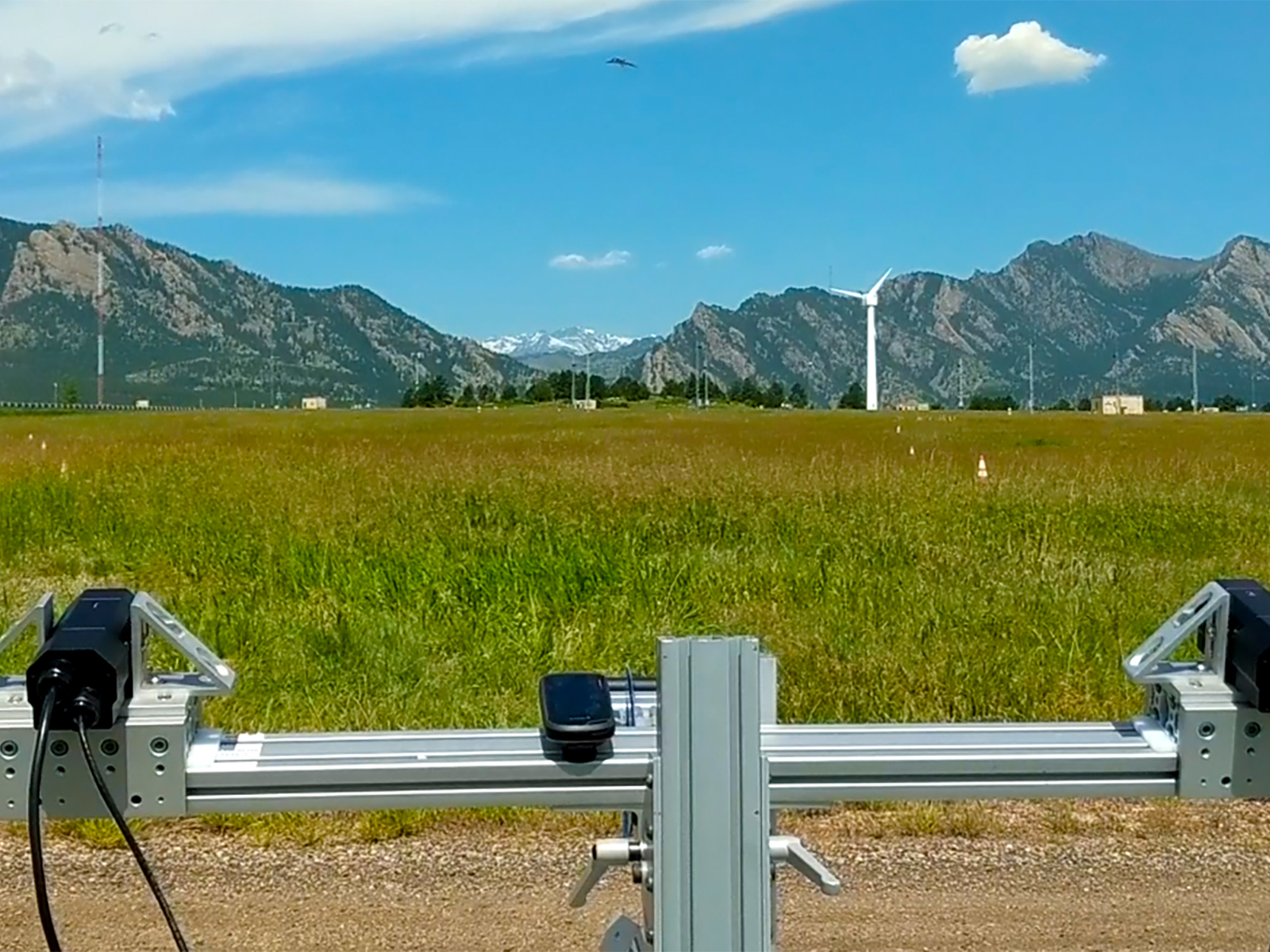
ThermalTracker-3D
PNNL’s ThermalTracker-3D provides wind energy developers and decision-makers with vital information for evaluating and mitigating potential risks to wildlife. The novel, PNNL-developed technology is a stereo-vision solution for evaluating flight tracks of birds and bats around wind turbines.
Using a pair of thermal video cameras, the technology remotely senses movement of animals and objects, day and night, near critical assets. It generates motion tracks by collapsing a sequence of video frames from each camera into a single image that contains an entire flight track and then applies stereo-vision processing to transform the flight track into three dimensions.
ThermalTracker-3D won a prestigious R&D 100 Award in 2021, and a private startup company signed a formal option agreement for the technology in 2023. The option agreement reserves the right for future commercialization of the technology for the fields of environmental monitoring and drone detection and tracking.
Learn more about ThermalTracker-3D.

